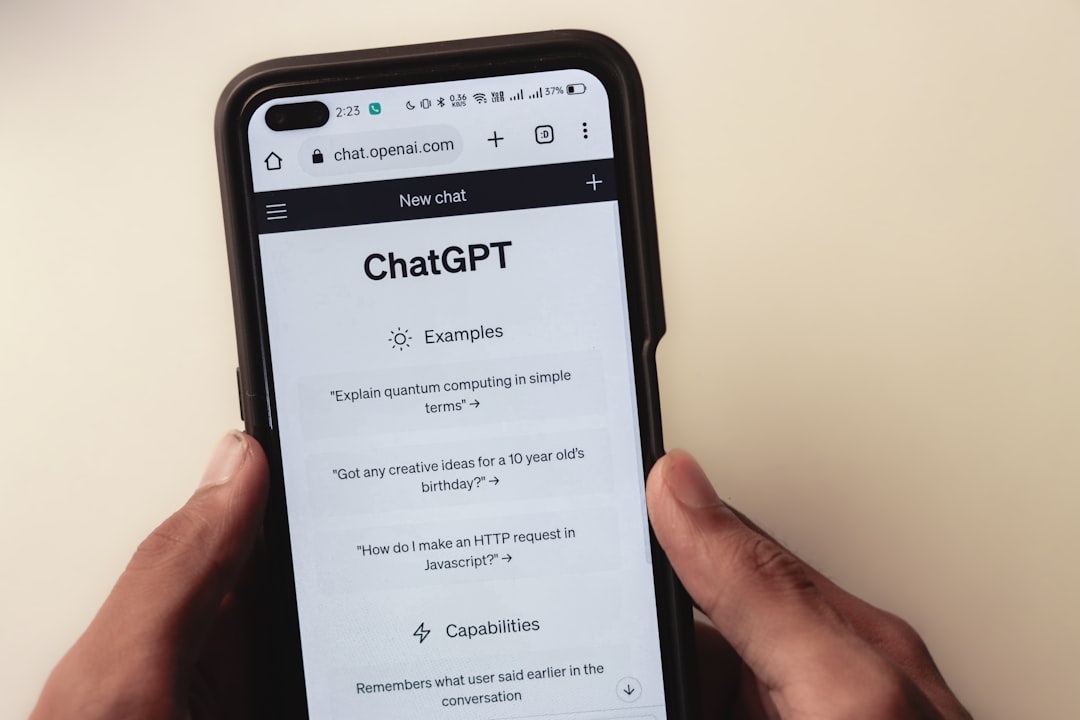Creating a chatbot that leverages the contents of a specific website involves several steps. Here’s a step-by-step overview:
1. Content Collection (Web Scraping)
You need to extract the information from the website:
- Tools: Python libraries like
BeautifulSoup,Scrapy, orSelenium - Process: Identify what kind of data to extract (e.g., FAQs, product info, articles) and use the tools to collect it.
Example:
from bs4 import BeautifulSoup
import requests
url = 'https://example.com'
response = requests.get(url)
soup = BeautifulSoup(response.text, 'html.parser')
texts = soup.find_all('p') # Extract all paragraph texts
content = [text.get_text() for text in texts]
2. Data Preprocessing
Clean and organize the scraped data for better use:
- Remove HTML tags, irrelevant sections (ads, menus), and duplicates.
- Optionally, split content into sections or Q&A pairs.
3. Knowledge Base Creation
Store the processed data in a structured format (e.g., CSV, JSON, vector database like Pinecone, Weaviate, or ChromaDB) for retrieval.
4. Chatbot Framework
Decide how to build the chatbot:
- Dialog Frameworks: Rasa, Botpress, Microsoft Bot Framework, Google Dialogflow
- LLM-based: Use OpenAI GPT, LangChain, or similar, often in combination with a vector store.
5. Integrate Knowledge Base with Chatbot
Make chatbot capable of searching your knowledge base to answer user questions:
- Retrieval-Augmented Generation (RAG): When a question comes, fetch relevant info from your corpus first, then pass to the LLM:
- Embedding search: Index all your content as embeddings using models like OpenAI’s
text-embedding-ada-002or open-source alternatives. - Prompting: Combine retrieved relevant content with the user's question for the LLM to answer accurately.
Example with LangChain & OpenAI (simplified):
from langchain.vectorstores import Chroma
from langchain.embeddings.openai import OpenAIEmbeddings
# Index your data
vectorstore = Chroma.from_texts(content, OpenAIEmbeddings())
# When answer is requested
relevant_docs = vectorstore.similarity_search("What is the refund policy?")
prompt = f"Question: What is the refund policy?
Relevant info: {relevant_docs[0].page_content}"
# Pass prompt to OpenAI GPT-3/4 or other LLM
6. Deploy & Connect
Deploy your chatbot on your website or messaging platforms using the framework’s deployment options (web widget, API, Slack, WhatsApp, etc.)
7. Continuous Updates
Set up scheduled scraping and re-indexing so your chatbot always has updated information.
Recommended Tools/Frameworks
- No-code/low-code: Chatbase, ChatPDF (accepts URLs), HeyGen AI Chatbots
- Pro-code: LangChain, Rasa, LlamaIndex
Want a Code Example or Walkthrough?
Let me know your programming experience, target website, and whether you prefer a quick no-code approach or building from scratch!
